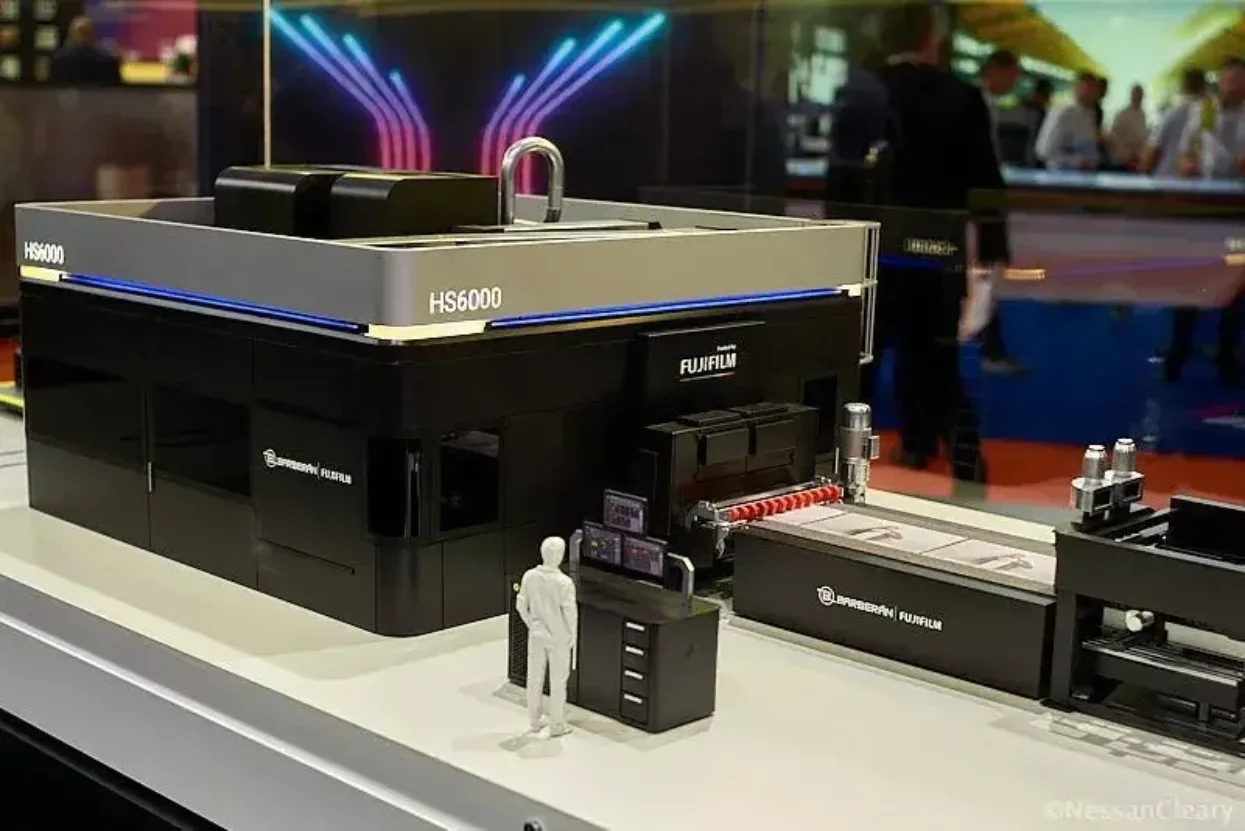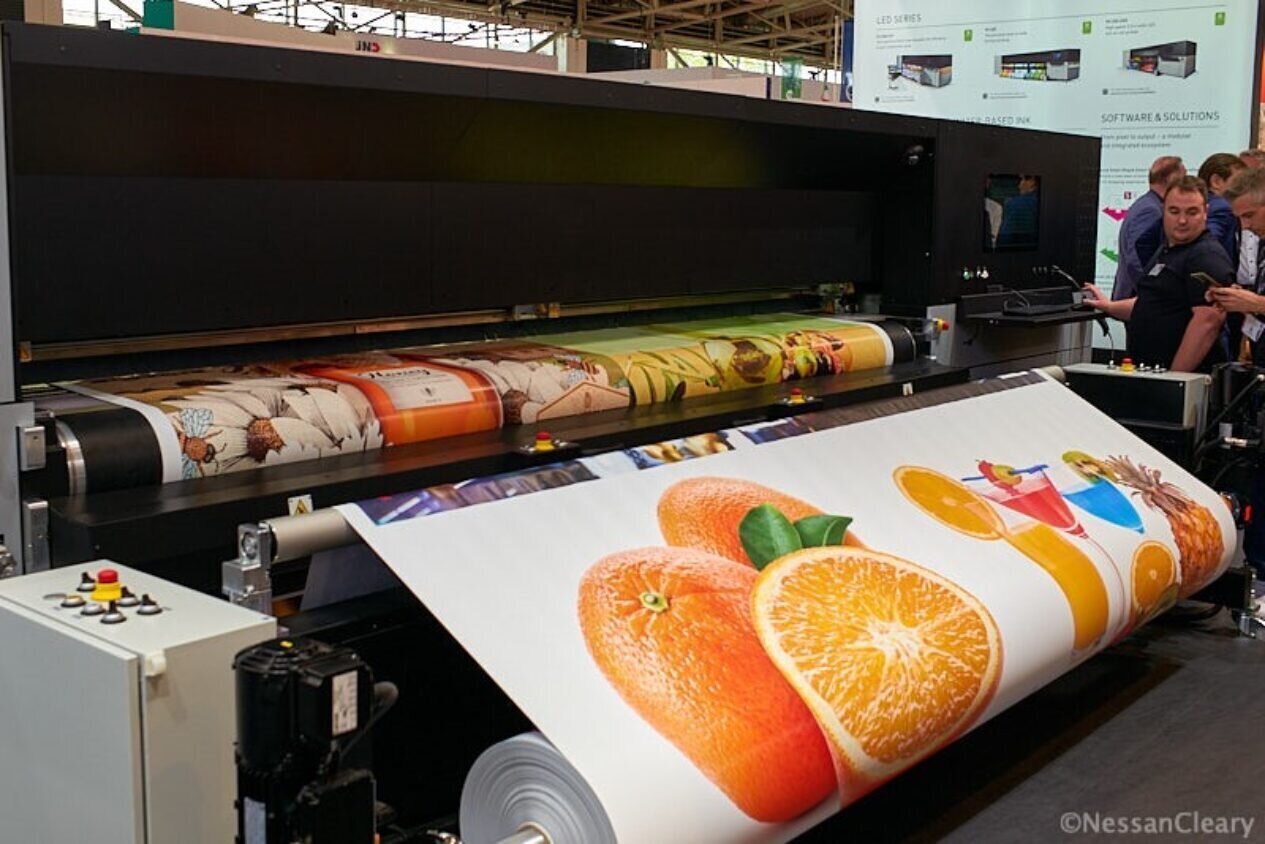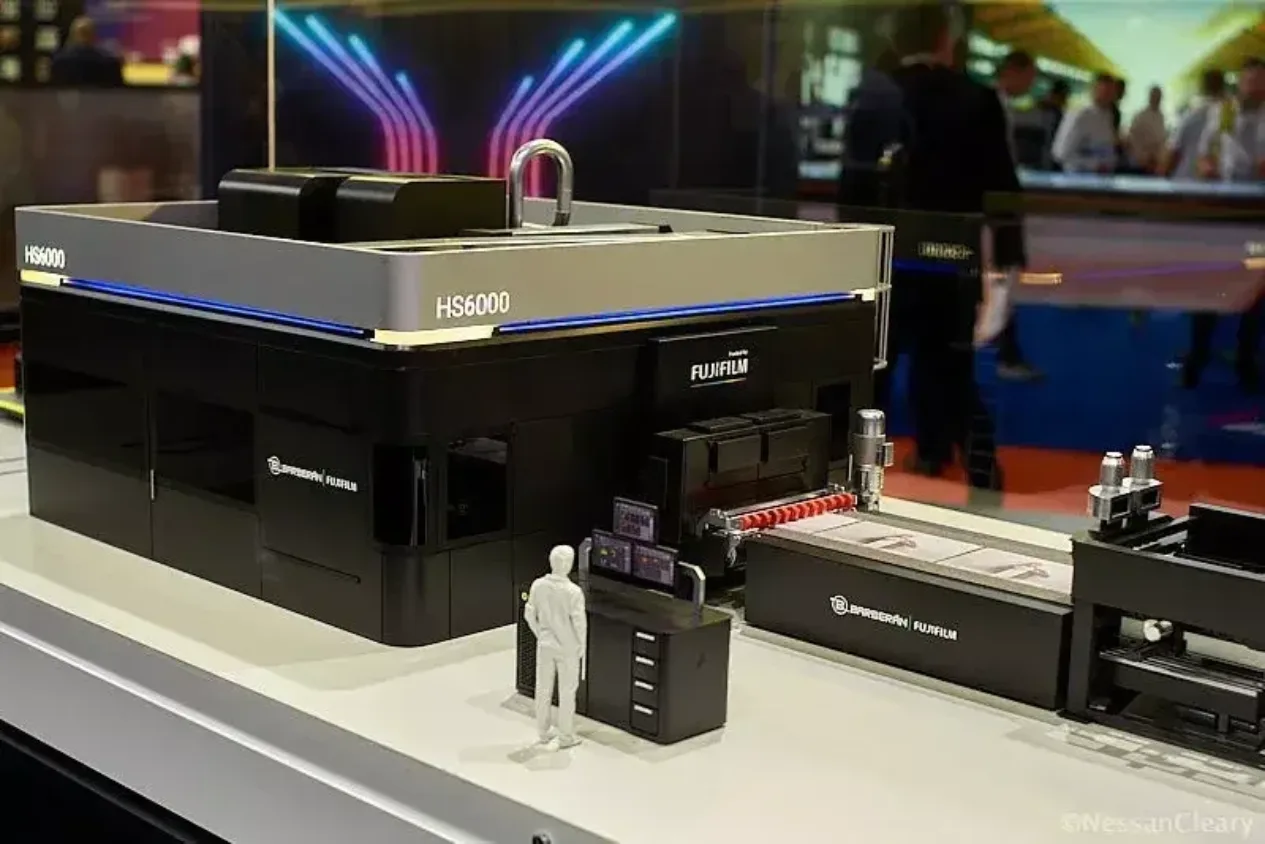
Nessan Cleary discusses the importace of specificying jobs and the role it plays in the success of print shops.
Many printers fail to appreciate how important it is to estimate a job properly when quoting, or just how much skill goes into specifying properly all the different elements to take into account.
There’s a good argument for limiting yourself to just offering a standard product list, such as posters or banners, and just asking customers to choose the size and quantity. This approach allows you to set up a standard price list so that the customer knows exactly how much his order will cost and you know exactly what the profit margin is on those jobs. This also means that you only have to stock a standard set of materials and consumables, which greatly simplifies inventory control.
However, large format work is often characterised by short run, bespoke jobs with huge variations from one order to the next. These jobs will have to be fully specified in order to produce an estimate of your costs and a quote that allows for some leeway as well as a worthwhile profit margin. So, what are the factors that should be taken into account?
Perhaps the most important element is how to value your own work and the level of profit margin that you want to set for each job. The temptation is to minimise costs to win work but the business won’t survive if you don’t make a decent profit on top of covering your costs. Equally too high a price will just see customers go elsewhere. So pricing ultimately depends on what value you are offering to the customers. That doesn’t include decent print quality or fantastic service because customers expect this as a matter of course and all the competitors will also claim to deliver these things. But whatever your USP is, it will determine the profit margin. Everything else can be easily calculated in terms of costs to you.
As well as the running cost of the machine, there’s also the consumables including ink and media.
Image credit: Nessan Cleary

Let’s start with the printing itself. Many print shops will have multiple machines, many of which may appear to be capable of doing similar jobs, if you have several flatbeds or roll-fed printers. But in practice the operators will have a very clear idea of which machines are best suited to particular jobs, which might be because one roll-fed is more fussy than the other with a particular substrate, or one flatbed produces better skin tones than the other. But all those different machines will have different costs attached to them. And the print mode used will also affect the time taken to make the print. So it’s important that there is good communication between the customer service staff who are putting together an estimate, and the production staff who will actually run the job to ensure the estimate matches the production.
You should also consider whatever waste materials a particular printer might incur, such as the amount used on the leading edge of a roll to thread onto the take-up reel. This might sound like a negligible amount but if you’re routinely losing a couple of metres on the start and end of each roll then that will add up.
All inkjet printers will require some degree of cleaning to avoid the nozzles clogging up. That might just mean manually wiping the heads at the beginning or end of each shift. But equally it might mean stopping throughout a shift to clean the heads, which adds to the production time, and you might find the printer uses a certain amount of ink as part of its cleaning routine, which will add to the running costs of the machine.
The other thing to consider is the amount of energy the printer will consume. A UV printer with LED lamps will have relatively low energy costs, but a UV printer with mercury lamps will have to be kept at standby to ensure the lamps are ready to cure. Equally a printer with water-based inks, including resin or latex, will require a lot of energy to dry the prints.
Consumables
The substrate used will be one of the major costs of any job and many customers may want options with different media, depending on what they are trying to achieve and how price-sensitive they are. It should be relatively straightforward to calculate how many square metres you’ll need of any given media for a particular job, remembering that you will have to factor in the whole sheet or width, including any cut-offs. Some jobs might also require additional materials, such as a laminate or eyelets.
Then too, there are those jobs that are made up of multiple smaller parts that can be ganged or nested together. The more efficient the nesting used, the less media will be wasted, so this should be factored into any quote.
Most RIP software will tell you how much ink has been used for a given job, and from this it should be possible to calculate an average for the ink used per square metre for each printer you have available. This may vary from one print mode to the other, with higher quality modes that use more passes consuming more ink. Any special inks, such as white, as well as neons or metallics, will also cost more than the standard process colours. Fortunately, some RIPs will be able to estimate the amount of any ink a job will use without actually printing anything.
You’ll need to include all the fixed costs, such as staff wages, office costs and rent.
Image credit: Nessan Cleary

Naturally, you will also need to take into account your fixed costs, which could include the rent on your premises plus heating and lighting costs, as well as the leasing and maintenance of vehicles, and of course staff wages along with office management and HR costs. Every estimate will have to include a charge to cover these hidden costs.
Then there is the cost of fulfilment. You may also have to install the job, which might mean outsourcing to a contractor. You may even have to take the job down when its finished with, and dispose of the materials.
Finally, some print shops might want to consider calculating the environmental cost or footprint of each job. This might not be common practice for producing an estimate or specifying how a job will be printed, but it’s likely to play a bigger role in the future as more customers find that they have to account for their environmental footprint. If you use any kind of carbon offsetting scheme then that will also have to be included here.
In conclusion, it’s absolutely vital for any business to be able to both control costs, and to plan likely profits. So being able to specify jobs properly is an important part of this as it will help you avoid any unpleasant surprises when you add up the costs after producing those jobs.